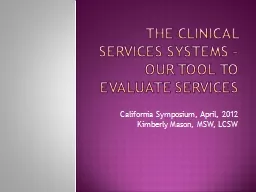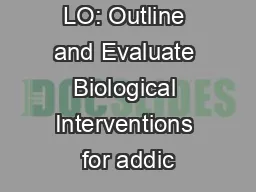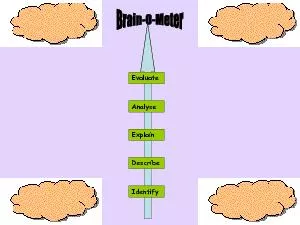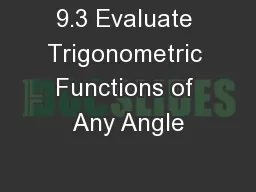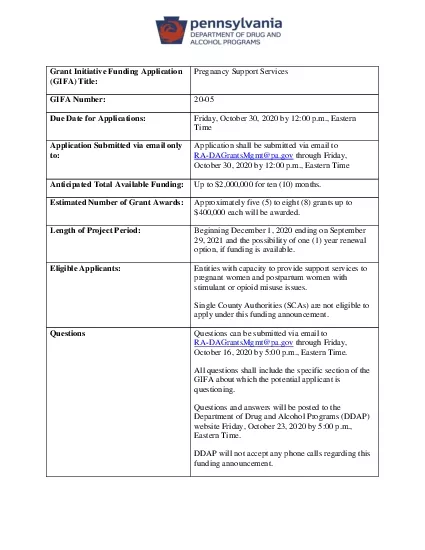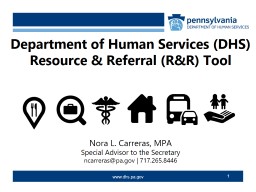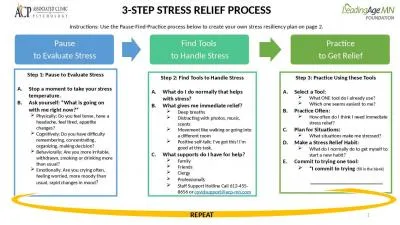PPT-The Clinical Services Systems – our tool to evaluate serv
Author : marina-yarberry | Published Date : 2017-07-07
California Symposium April 2012 Kimberly Mason MSW LCSW Clinical Services System CSS Established with the onset of widespread dissemination of the model Went online
Presentation Embed Code
Download Presentation
Download Presentation The PPT/PDF document "The Clinical Services Systems – our to..." is the property of its rightful owner. Permission is granted to download and print the materials on this website for personal, non-commercial use only, and to display it on your personal computer provided you do not modify the materials and that you retain all copyright notices contained in the materials. By downloading content from our website, you accept the terms of this agreement.
The Clinical Services Systems – our tool to evaluate serv: Transcript
Download Rules Of Document
"The Clinical Services Systems – our tool to evaluate serv"The content belongs to its owner. You may download and print it for personal use, without modification, and keep all copyright notices. By downloading, you agree to these terms.
Related Documents

